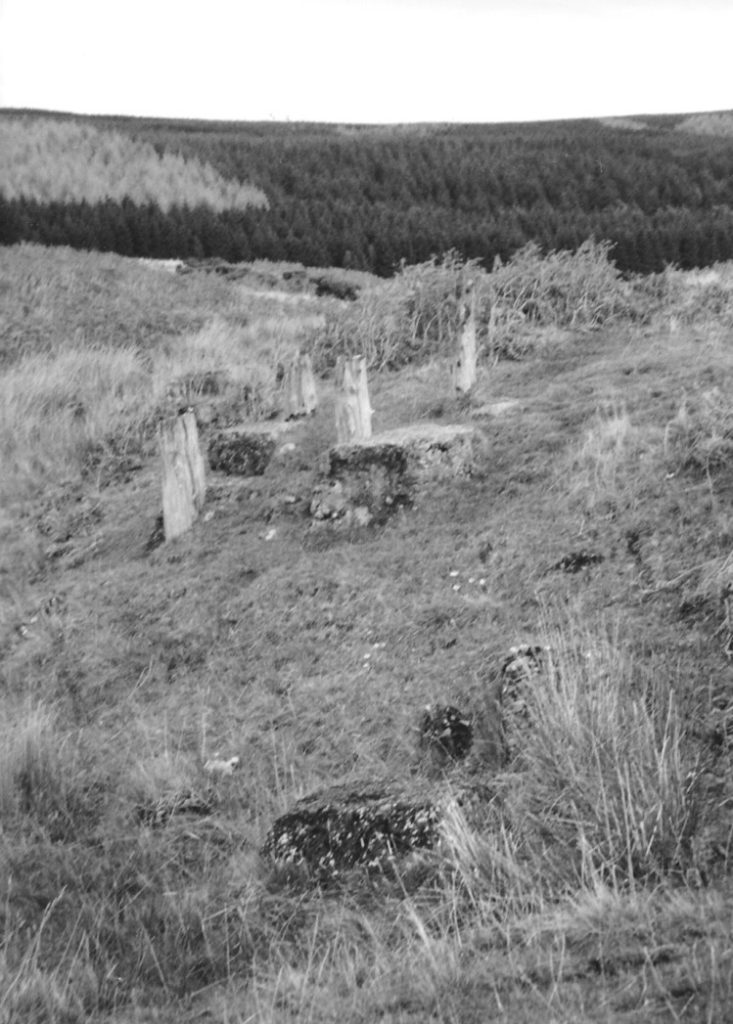In the 1920s the Northumberland County Council embarked on a programme of road widening and improvements, including laying tarmac on top of former gravel surfaces. Stone was obtained from various quarries near to Alnwick including those at Crag Mill and Moor House. The quarry at Moor House provided stone and chippings for the widening of what is now the A697 road. A light railway was laid to transport the stone and small diesel locomotives hauled the tipper wagons, containing the stone for the improvement of the section of road from Moor House as far as Whittingham crossroads. Various remains exist including cuttings and embankments. The remains of the crushing plant can be seen to the east of the A697 road, close to the quarry.

